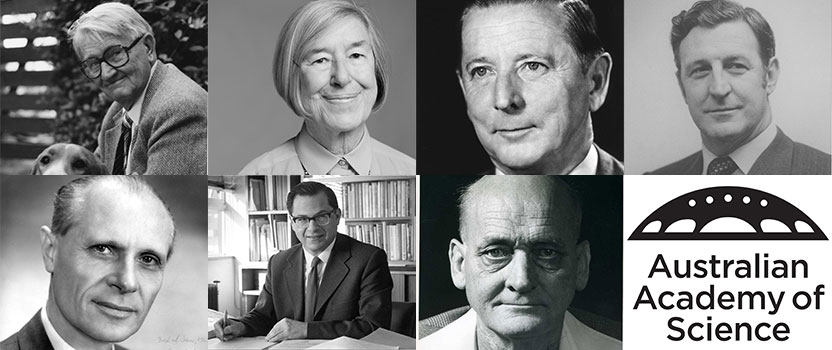
The second of two issues comprising Volume 30 of the Academy’s Historical Records of Australian Science journal is now available.
The issue includes a two-part analysis of CSIRO’s land resource surveys conducted in collaboration with local people in the Territory of Papua and New Guinea (pre-1975) and Papua New Guinea (PNG, post-1975). Another paper introduces CSIRO’s new oral history project.
There are three papers exploring the work of German naturalist Lothar Becker, who visited Australia twice in the 19th century.
Finally, the issue also features book reviews and biographical memoirs of late Academy Fellows. The three profiled Fellows include geophysicist Professor Anton Hales, molecular biologist Professor Tony Linnane and algal biologist Bryan Womersley.
Together, the two issues released in 2019 contain original scholarly work, biographical memoirs of deceased Academy Fellows, book reviews, and a comprehensive annual bibliography.
The first issue, published in January, featured biographies for plant biologist Professor Jan Anderson, mathematicians Professor Joe Gani and Professor George Szekeres, and physical chemist Emeritus Professor Robin Stokes.
Contributed work profiled the work of botanical collector Edward Bowman, a pioneer settler in Queensland in the mid-19th century.
Original research analysed how CSIRO supported, influenced and transferred technological advances to Australian industry between 1949 and 1979. Future articles will examine other time periods.
Historical Records of Australian Science is the Academy’s biannual journal covering the history of pure and applied science in Australia, New Zealand and the southwest Pacific.
Read the latest issue of Historical Records of Australian Science
© 2025 Australian Academy of Science